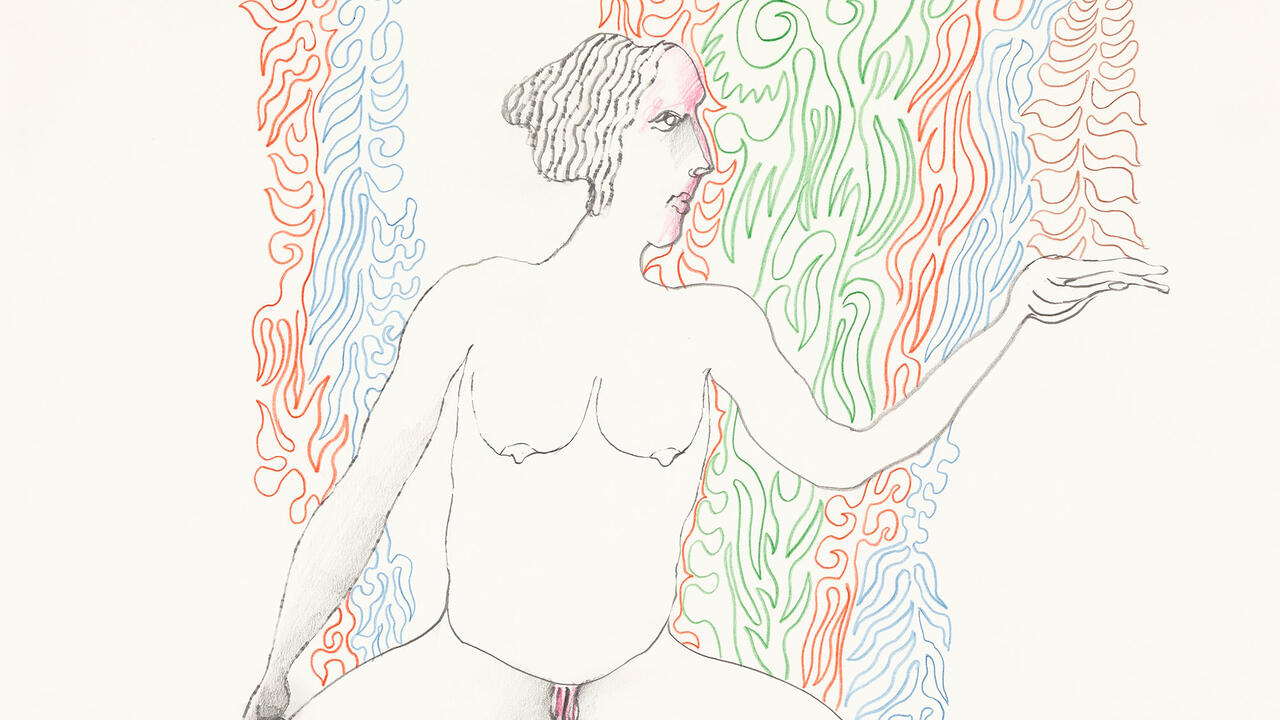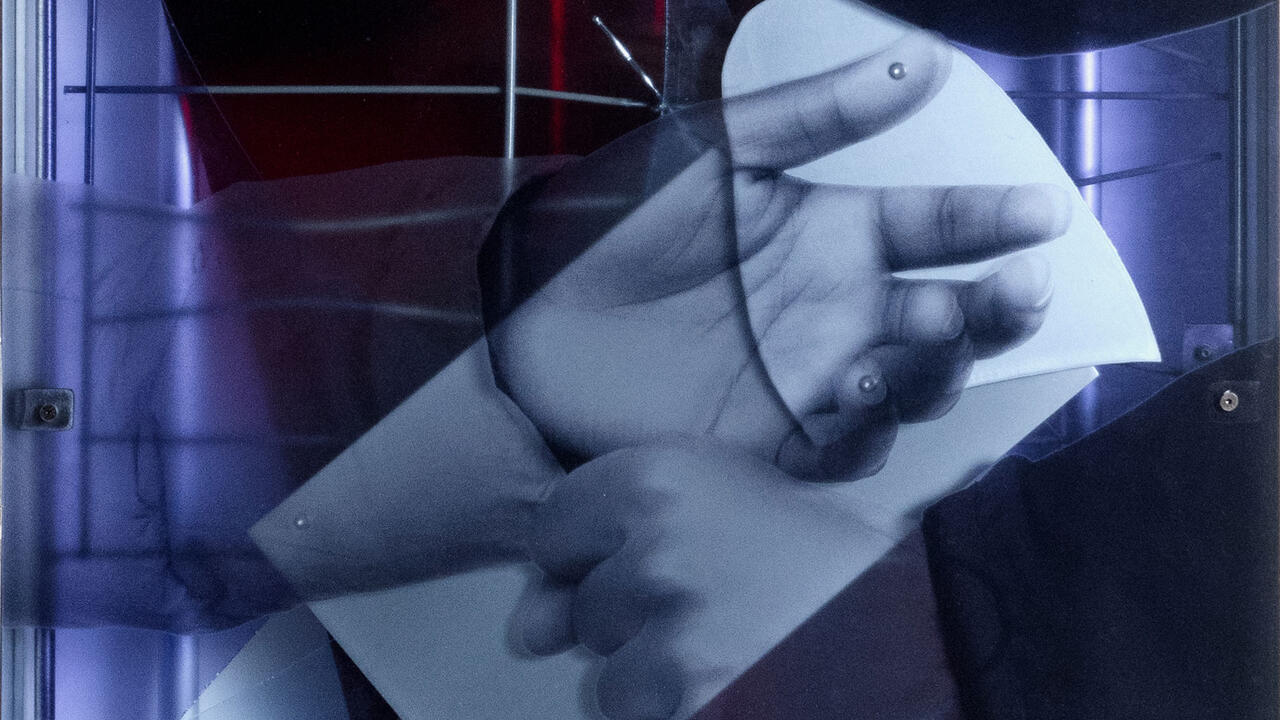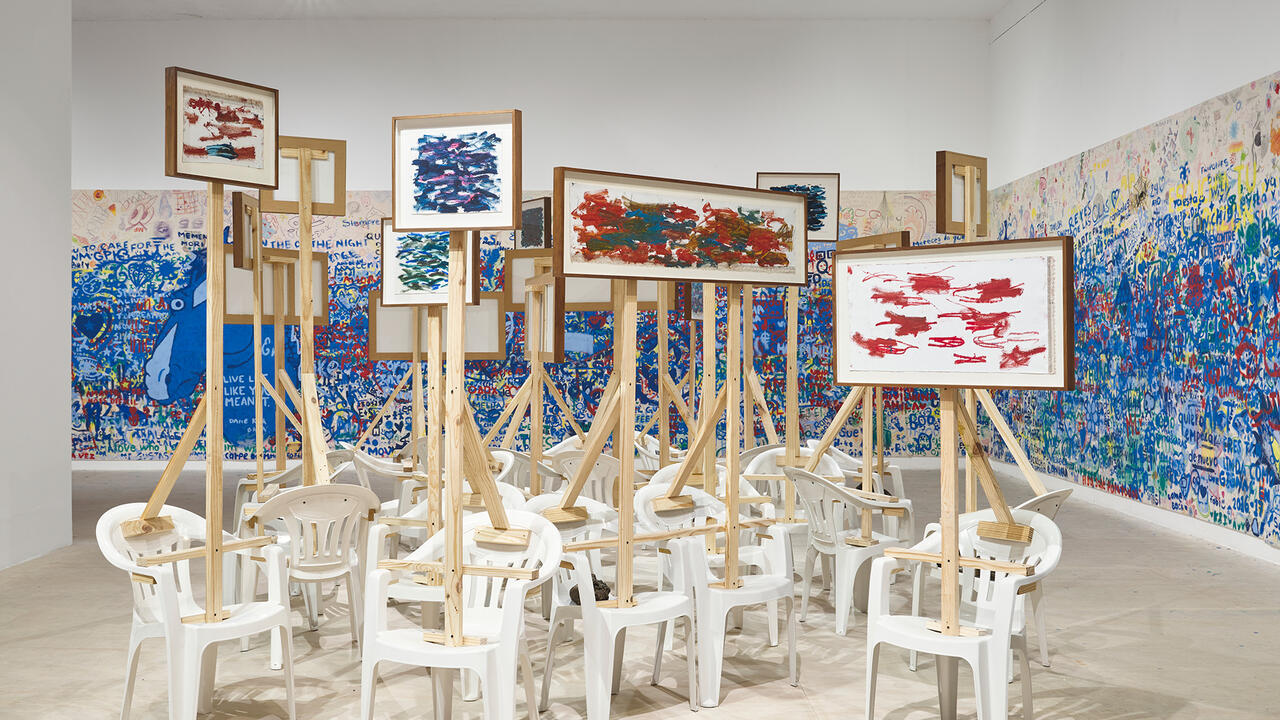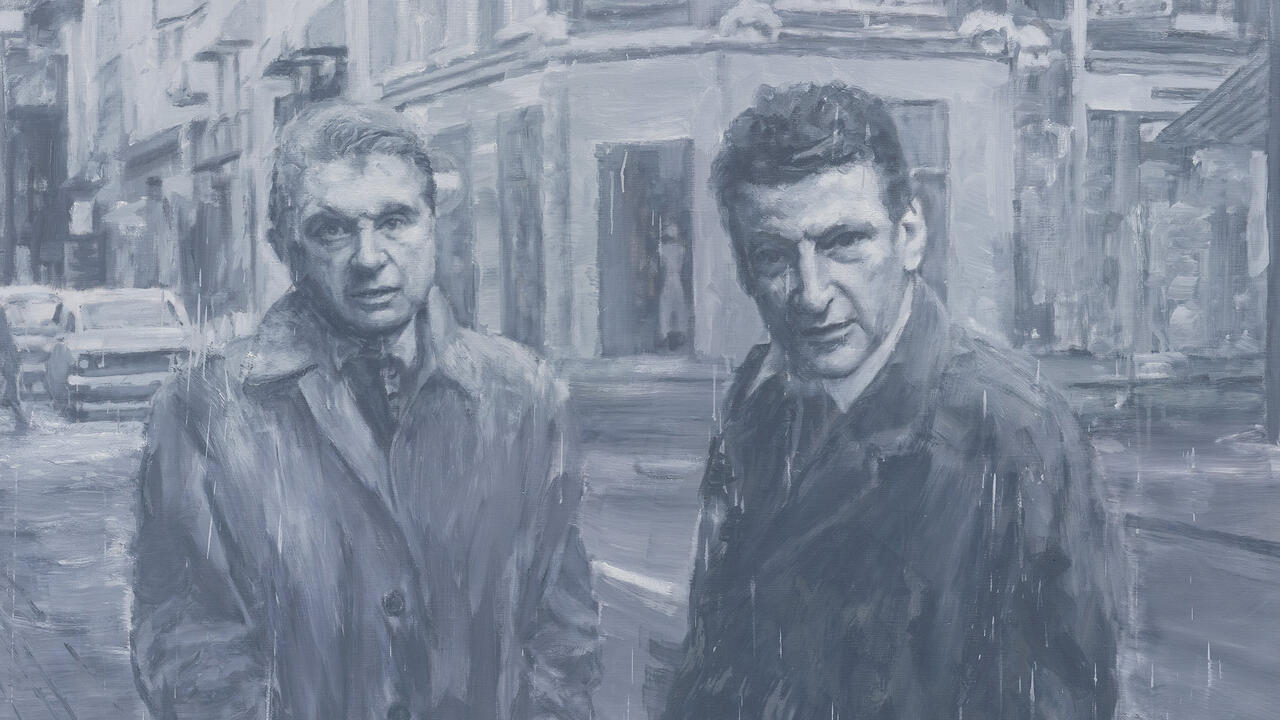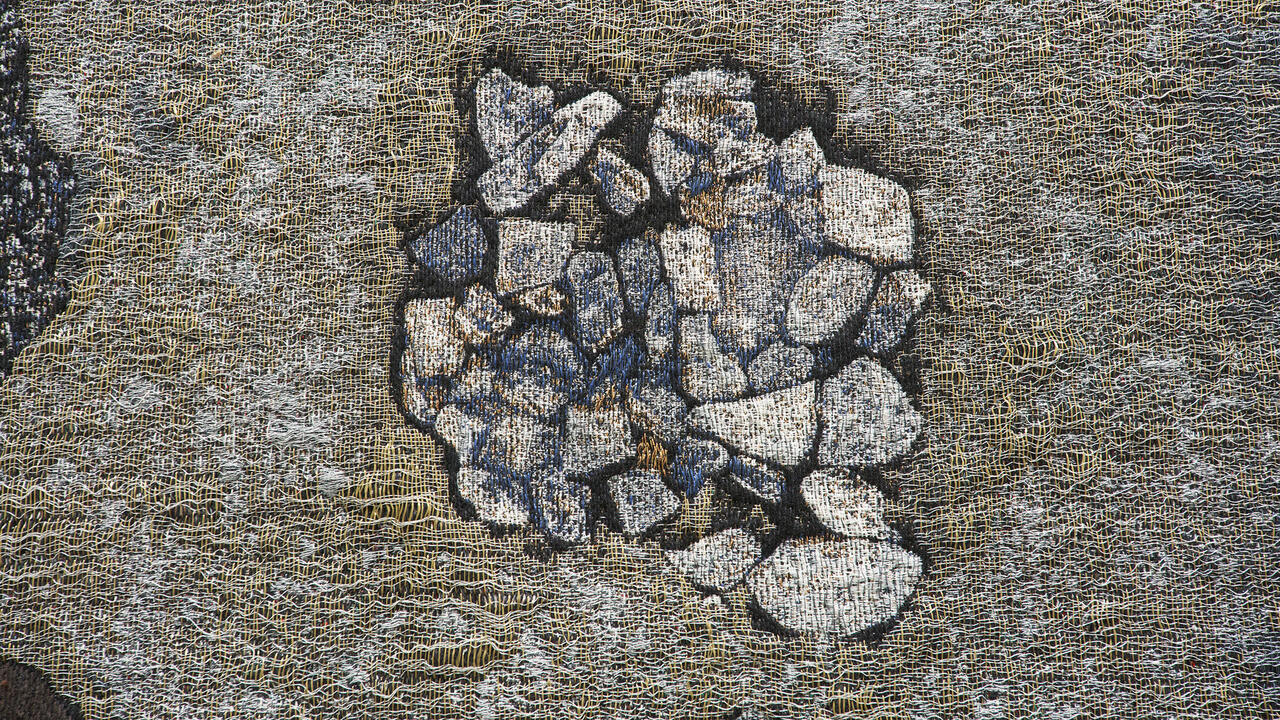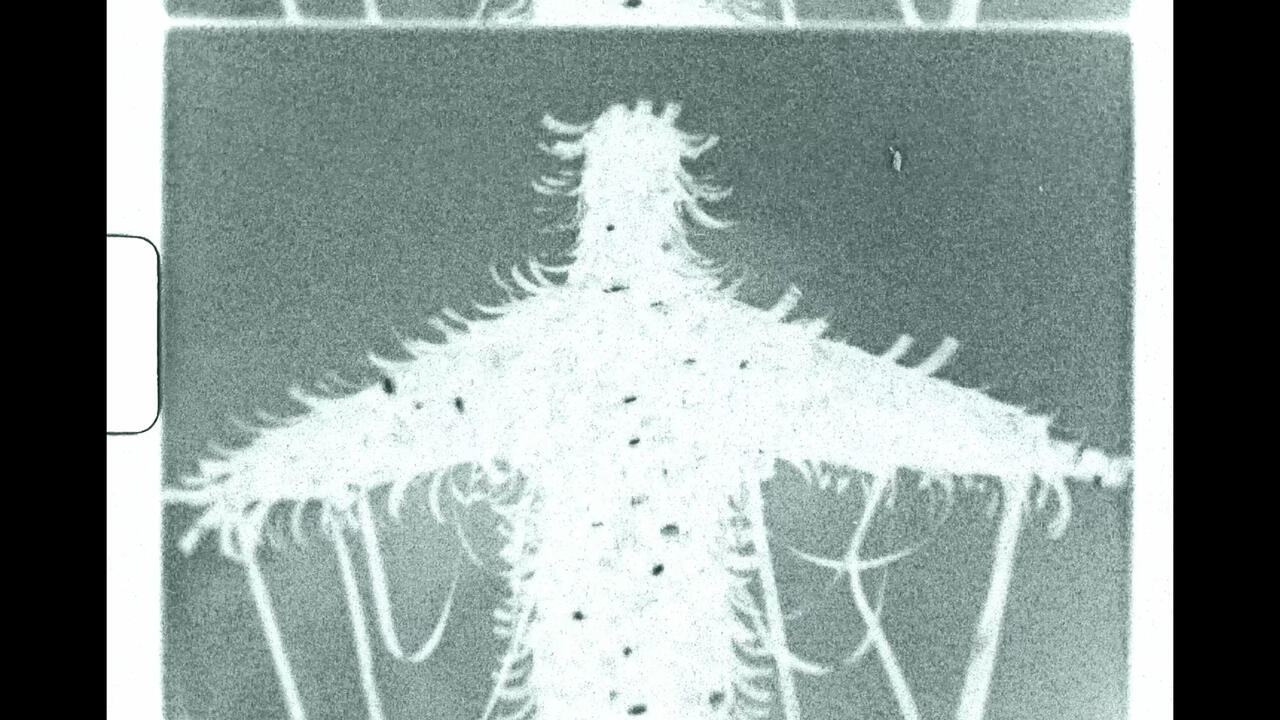‘Giantesses’ is a Historic Journey through a Mountainous Landscape
An exhibition at BWA Wroclaw celebrates the work of five artists who put Poland’s spiritual scenes and winding rivers front and centre
An exhibition at BWA Wroclaw celebrates the work of five artists who put Poland’s spiritual scenes and winding rivers front and centre

With German, Polish and Czech influences, the historic geographical region of Lower Silesia, has long been a cultural melting pot. Featuring five female artists with a deep connection to the area, ‘Giantesses’, curated by Tomek Pawłowski-Jarmołajew and Agnieszka Rayzacher at BWA Wroclaw, has been conceived as a journey through Lower Silesia’s unique landscape. The exhibition, whose title plays on the name of the local Giant Mountain range, opens with a map showing where the five artists – Bozenna Biskupska, Urszula Broll, Ewa Ciepielewska, Katarzyna Rotkiewicz-Szumska and Ewa Zarzycka – have developed their practices, from a Buddhist ashram in Przesieka to a community-led theatre in Michałowice.

Broll, an abstract painter who spent the last five decades of her life in the aforementioned ashram, was a co-founder of Oneiron, a group of artists who introduced Buddhism to Poland. With affinities to the work of Hilma af Klint, Kazimir Malevich and Rudolf Steiner, her mostly untitled mandalas, which she started painting in the 1960s, create an atmosphere of spiritual healing. As with all the artists in the show, Broll’s work is deeply inspired by the place in which it was made. Two untitled paintings, from 1967 and 1997, feature totemic forms and faceless godlike creatures incorporated into a mountainous landscape, transforming Lower Silesia into a sui generis Neverland.

By contrast, Ciepielewska and Zarzycka are depicted as nomads, their itinerant lifestyles signalled through the exhibition format. Since BWA Wroclaw is temporarily located on the top floor of the city’s vast main railway station, the room devoted to Zarzycka’s work is presented as a socialist-era station cafe, the green oilcloths and glass tabletops of which would be familiar to every Pole who travelled by train during that time. Photographs taken in Wrocław when the artist was a student, have been placed on the tables, as though to distract bored commuters. Nearby, television screens show works from her ‘Zielona Góra Shorts’ series. Combining nonchalance and humour, these spoken word videos, such as On the Train (2011), feature the artist ruminating on artmaking.

Ciepielewska, meanwhile, has been living and hosting an artist’s residency on a wooden barge on the Vistula, Poland’s longest river, since 2016. FLOW (2015–ongoing), which aims to raise awareness of the social and environmental issues threatening the future of the river, is alluded to in the show by a blue thread that weaves around an installation of the artist’s paintings and films. Frequently inspired by pop culture and verging on spiritual kitsch, canvases such as A Polish Hare Observes the Construction of the Vistula Split Canal (2023) depict scenes from the artist’s beloved river.

While the show succeeds in evoking the tensions between transient and rooted lifestyles, the precise reasoning behind this particular selection of artists, whose practices are so varied, is not always immediately apparent. For instance, Biskupska’s somewhat conservative, Alberto Giacometti-esque sculptures, such as One-Legged Man (2023), while evocative of the contemporary flâneur, don’t appear to have any clear connection to Lower Silesia.

On the other hand, Rotkiewicz-Szumska is a natural choice for the show, with her surrealist-influenced works that comprise found objects from Silesian flea markets and large-scale stage sets that she created for Cinema Theater, the alternative community she co-founded in her house in the village of Michałowice. A hand-painted theatre curtain from 1992, for instance, depicts a figure riding an elephant against a backdrop of the majestic Giant Mountains, surrounded by panthers and owls, in a scene that recalls the paintings of Henri Rousseau.

In bringing together artists from different decades working in an expansive range of media, ‘Giantesses’ was always going to risk flattening the unique practices of these singular women. However, as an introduction to the breadth of work emanating from a region still unknown to the mainstream European art scene, it has much to offer.
‘Giantesses’ is on view at BWA Wrocław – Galleries of Contemporary Art until 8 September













